Notes
The Politics of Nostalgia: The Mandela Fist
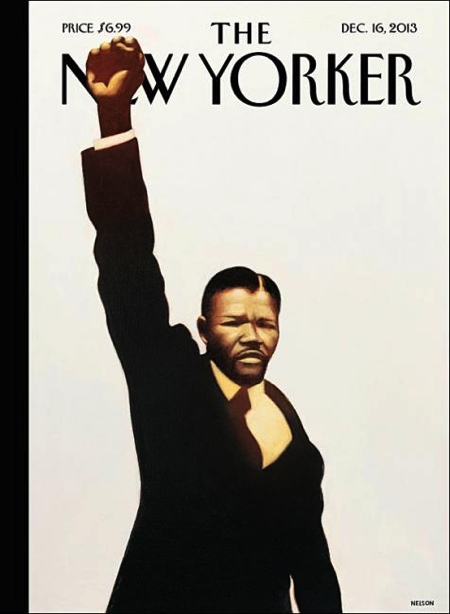
Identifies ferocity of activism not with his character but his youth.
Wistful expression undermines fist gesture/determination. Framed as habitual.
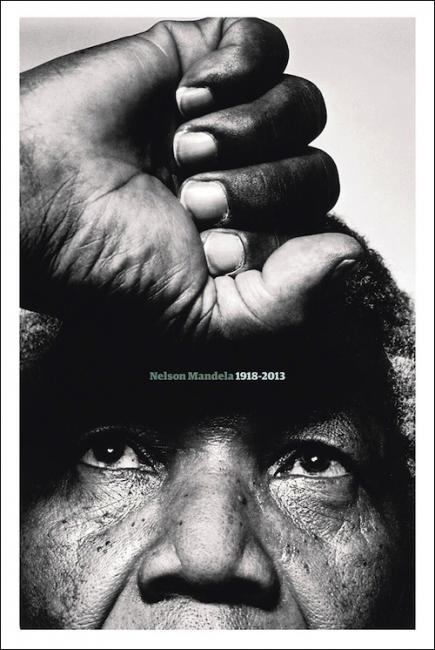
Suggests fist unwound into contemplation.
Uncomfortable portrait shot from Nobel Prize ceremony emphasizes gesture as brand, almost comedic.
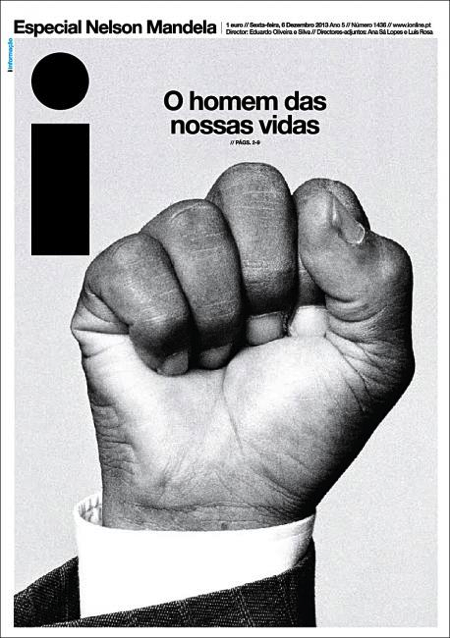
Fist ceases to mean anything, now is everything.
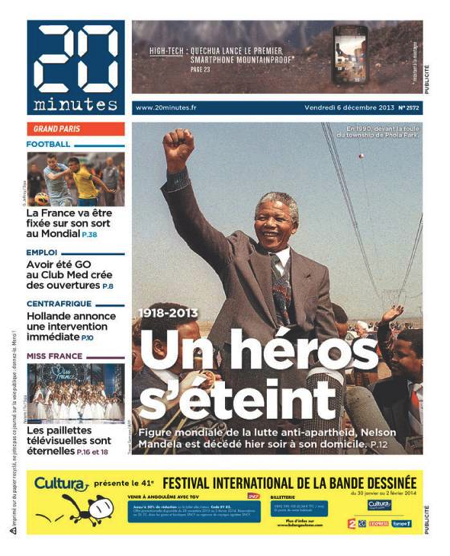
These images were very popular State-side. Fist reduced to characteristic gesture. More like a victory dance/fist pump.
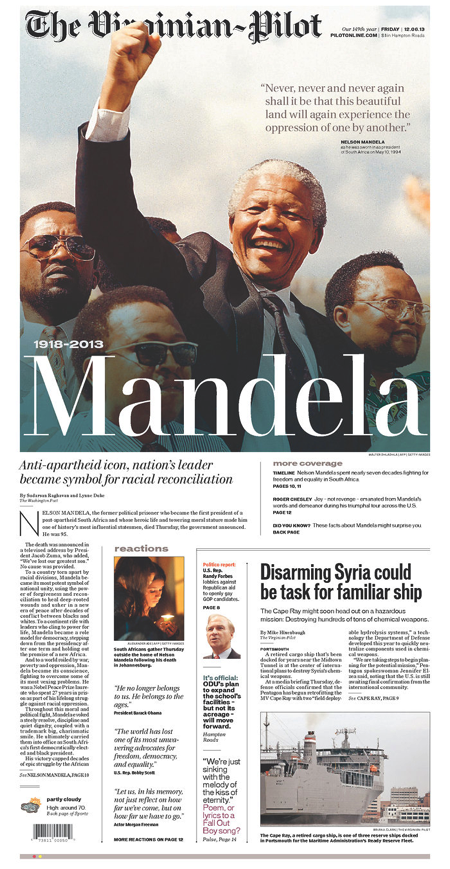
He believed in the redemptive power of forgiveness. But he also recognized that it was the only route that lay between civil war and the mass exodus of the moneyed, educated class of white people who were integral to the economy.
— from MANDELA AND THE POLITICS OF FORGIVENESS (The New Yorker)
Mandela was not inherently a peacemaker. The notion that all that time in jail mellowed him is not that accurate either. Instead, he was a strategist, and nonviolence and reconciliation was the most effective tactical road to take after he emerged from prison, the 27 years providing him almost unassailable leverage. The New Yorker article referenced above does a good job of explaining how the times, as opposed to philosophy, when Mandela finally got out of prison, dictated the dual approach of idealism and pragmatism. Mandela himself laid it out succinctly in a quote related by Richard Stengel in this FAIR article. As Mandela stated, (differentiating him from the Ghandis and the Kings): “Non-violence was a tactic, not a principle.”
It’s interesting how the flood of portraits the past few days marginalize or soft-peddle Mandela’s ferocity as well as his past engagement with the tool of violence. (In our post the other day, we examined how masterful Mandela was in his body language at balancing compassion with a more forceful and invasive style.) In light of his idealization and deification now as a King-like figure, it’s interesting how Western media has chosen to memorialize him in so many instances with that familiar gesture of the fist. Given the disconnect (and perhaps, too, the current paranoia over anything that smacks of “terrorism”), it’s no surprise the Mandela fist seems less threatening or even determined that it connotes a characteristic gesture, a personal brand, an attribute of a more hot-headed youth, and ultimately, something nostalgic, even quaint.
Lagos newsstand
Nairobi newsstand
Soweto newsstand
At the same time, however, Western media seems bent on reminding us, if in this gauzy way, that the man was also trouble. Certainly, you don’t see the African press expressing any conflict about that. In that part of the world — where the people understand that sometimes (non-governmental) might makes right, the picture is all just appreciation.
(updated 9:45 am — added cross-cultural images, new last line)
(images/illustrations: New Yorker – Kadir Nelson. Others: unattributed online. Note: i newspaper (Portugal) cover designed after deadline. Sowetan photo: Alexander Joe for the GlobalPost.com. caption: A man reads a Sowetan newspaper showing a front page dedicated to South African former President Nelson Mandela as they pay tribute, near his home, following his death in Johannesburg. screengrabs – newsstands: WAPO front pages around the world slideshow.)
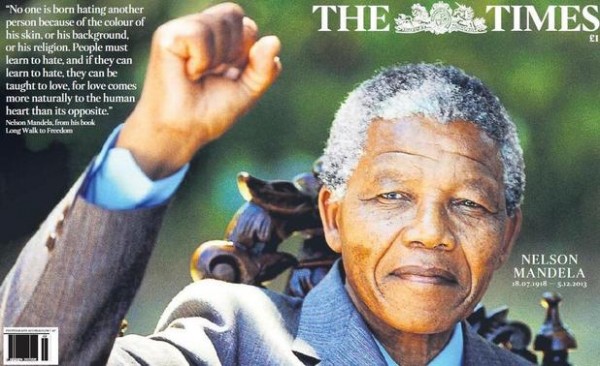
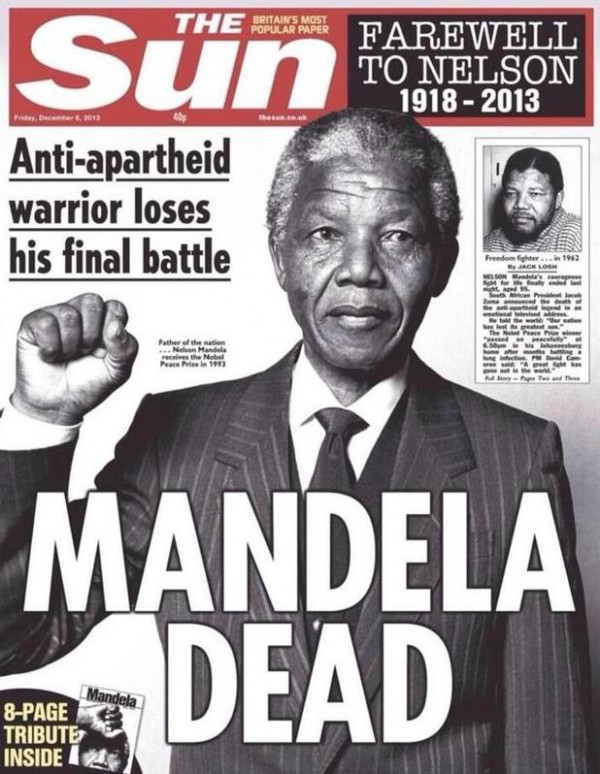
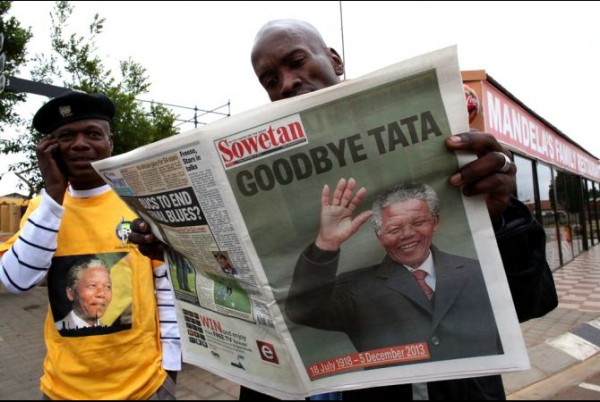
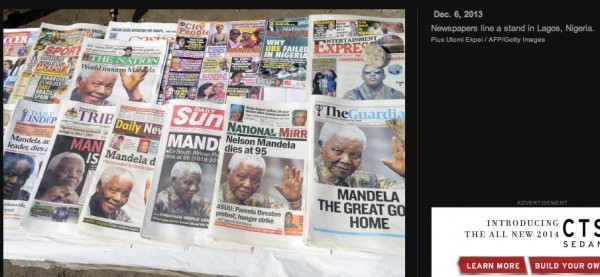
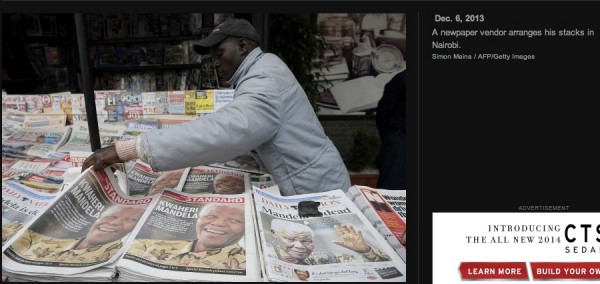
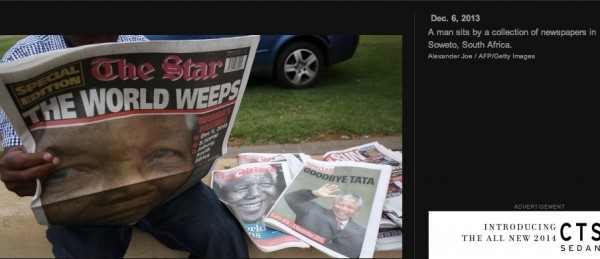
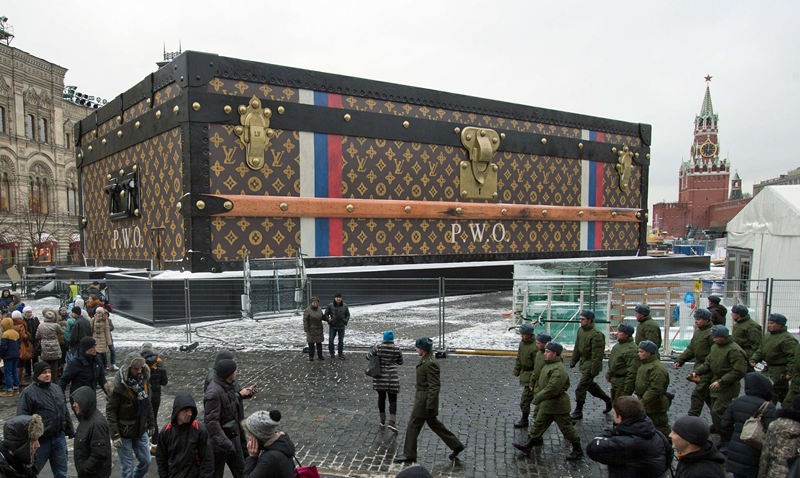
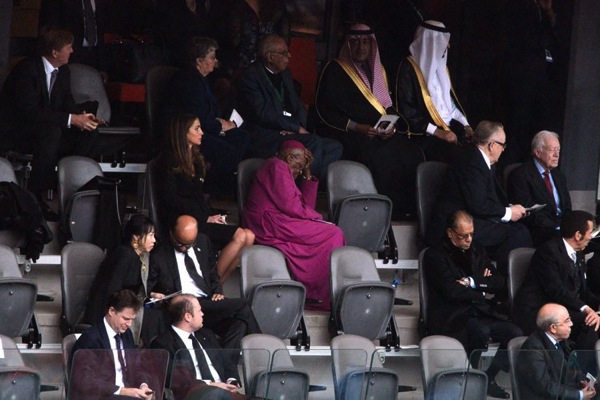
Reactions
Comments Powered by Disqus